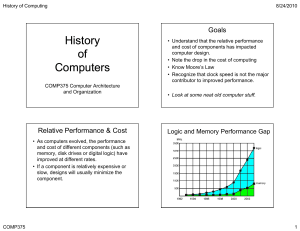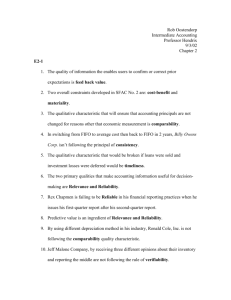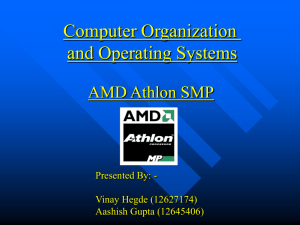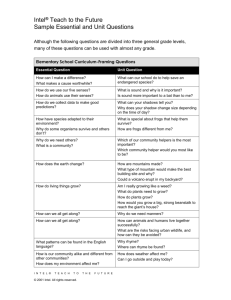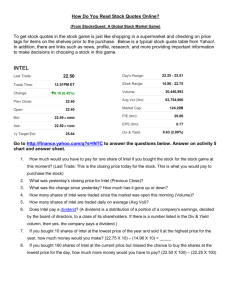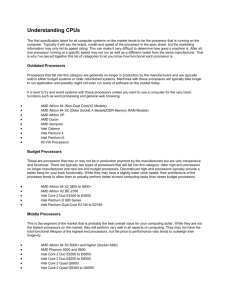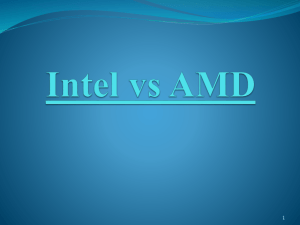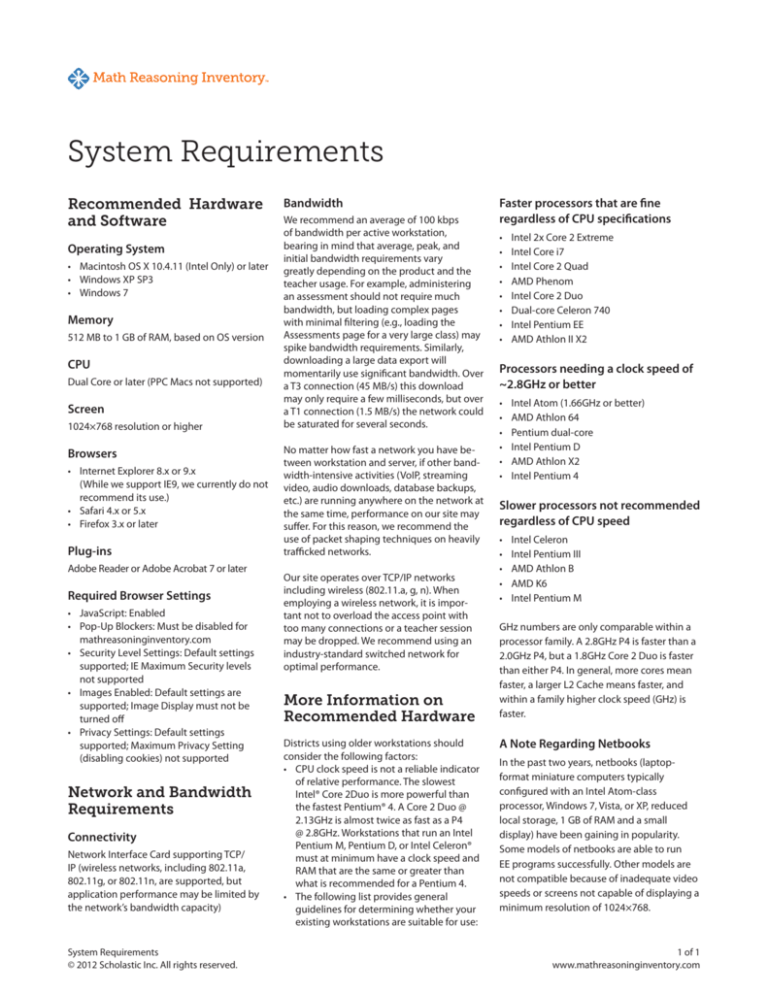
System Requirements
Recommended Hardware
and Software
Operating System
• Macintosh OS X 10.4.11 (Intel Only) or later
• Windows XP SP3
• Windows 7
Memory
512 MB to 1 GB of RAM, based on OS version
CPU
Dual Core or later (PPC Macs not supported)
Screen
1024×768 resolution or higher
Browsers
• Internet Explorer 8.x or 9.x
(While we support IE9, we currently do not
recommend its use.)
• Safari 4.x or 5.x
• Firefox 3.x or later
Plug-ins
Adobe Reader or Adobe Acrobat 7 or later
Required Browser Settings
• JavaScript: Enabled
• Pop-Up Blockers: Must be disabled for
mathreasoninginventory.com
• Security Level Settings: Default settings
supported; IE Maximum Security levels
not supported
• Images Enabled: Default settings are
supported; Image Display must not be
turned off
• Privacy Settings: Default settings
supported; Maximum Privacy Setting
(disabling cookies) not supported
Network and Bandwidth
Requirements
Connectivity
Network Interface Card supporting TCP/
IP (wireless networks, including 802.11a,
802.11g, or 802.11n, are supported, but
application performance may be limited by
the network’s bandwidth capacity)
System Requirements
© 2012 Scholastic Inc. All rights reserved.
Bandwidth
We recommend an average of 100 kbps
of bandwidth per active workstation,
bearing in mind that average, peak, and
initial bandwidth requirements vary
greatly depending on the product and the
teacher usage. For example, administering
an assessment should not require much
bandwidth, but loading complex pages
with minimal filtering (e.g., loading the
Assessments page for a very large class) may
spike bandwidth requirements. Similarly,
downloading a large data export will
momentarily use significant bandwidth. Over
a T3 connection (45 MB/s) this download
may only require a few milliseconds, but over
a T1 connection (1.5 MB/s) the network could
be saturated for several seconds.
No matter how fast a network you have between workstation and server, if other bandwidth-intensive activities (VoIP, streaming
video, audio downloads, database backups,
etc.) are running anywhere on the network at
the same time, performance on our site may
suffer. For this reason, we recommend the
use of packet shaping techniques on heavily
trafficked networks.
Our site operates over TCP/IP networks
including wireless (802.11.a, g, n). When
employing a wireless network, it is important not to overload the access point with
too many connections or a teacher session
may be dropped. We recommend using an
industry-standard switched network for
optimal performance.
More Information on
Recommended Hardware
Districts using older workstations should
consider the following factors:
• CPU clock speed is not a reliable indicator
of relative performance. The slowest
Intel® Core 2Duo is more powerful than
the fastest Pentium® 4. A Core 2 Duo @
2.13GHz is almost twice as fast as a P4
@ 2.8GHz. Workstations that run an Intel
Pentium M, Pentium D, or Intel Celeron®
must at minimum have a clock speed and
RAM that are the same or greater than
what is recommended for a Pentium 4.
• The following list provides general
guidelines for determining whether your
existing workstations are suitable for use:
Faster processors that are fine
regardless of CPU specifications
•
•
•
•
•
•
•
•
Intel 2x Core 2 Extreme
Intel Core i7
Intel Core 2 Quad
AMD Phenom
Intel Core 2 Duo
Dual-core Celeron 740
Intel Pentium EE
AMD Athlon II X2
Processors needing a clock speed of
~2.8GHz or better
•
•
•
•
•
•
Intel Atom (1.66GHz or better)
AMD Athlon 64
Pentium dual-core
Intel Pentium D
AMD Athlon X2
Intel Pentium 4
Slower processors not recommended
regardless of CPU speed
•
•
•
•
•
Intel Celeron
Intel Pentium III
AMD Athlon B
AMD K6
Intel Pentium M
GHz numbers are only comparable within a
processor family. A 2.8GHz P4 is faster than a
2.0GHz P4, but a 1.8GHz Core 2 Duo is faster
than either P4. In general, more cores mean
faster, a larger L2 Cache means faster, and
within a family higher clock speed (GHz) is
faster.
A Note Regarding Netbooks
In the past two years, netbooks (laptopformat miniature computers typically
configured with an Intel Atom-class
processor, Windows 7, Vista, or XP, reduced
local storage, 1 GB of RAM and a small
display) have been gaining in popularity.
Some models of netbooks are able to run
EE programs successfully. Other models are
not compatible because of inadequate video
speeds or screens not capable of displaying a
minimum resolution of 1024×768.
1 of 1
www.mathreasoninginventory.com





